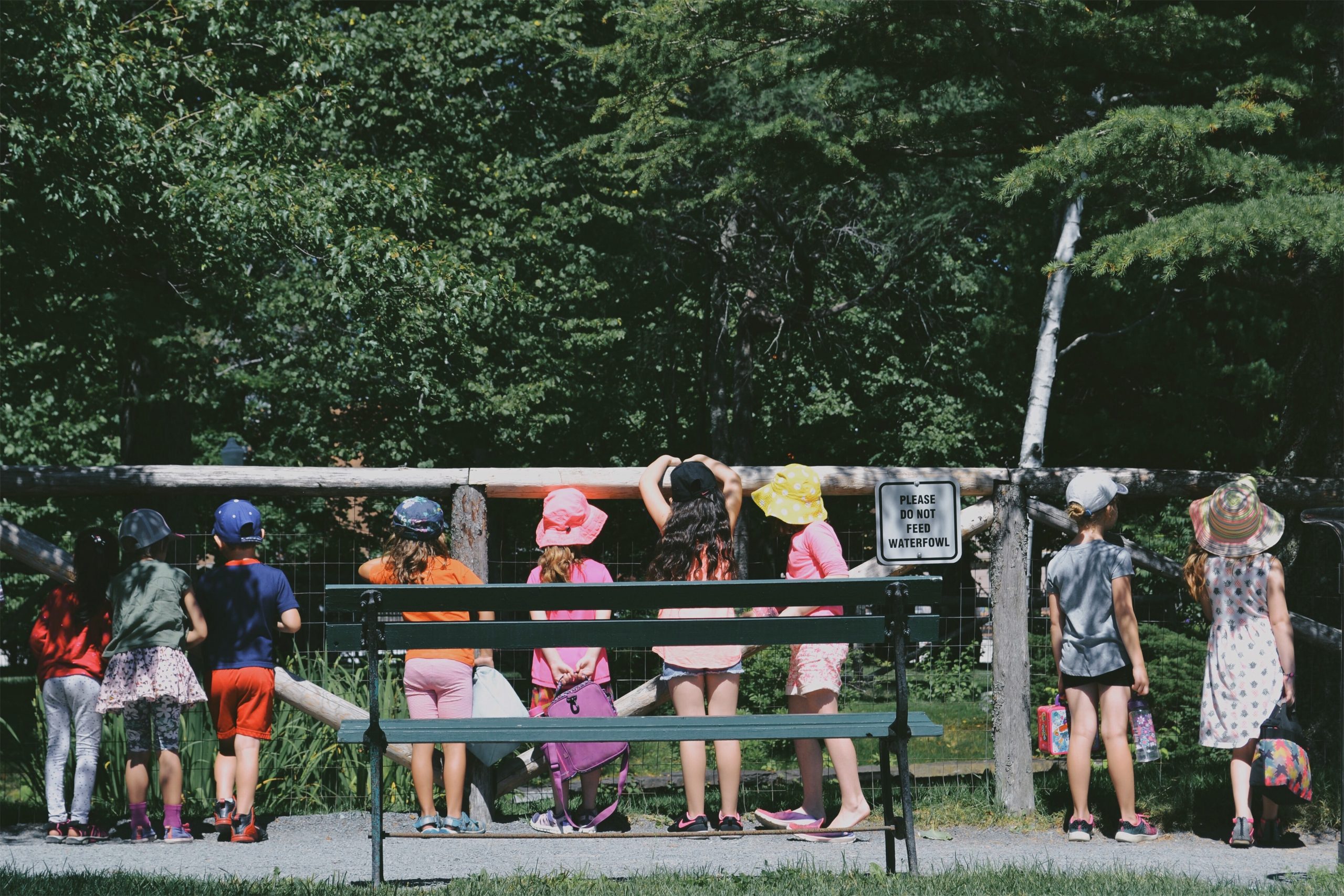
Investing in Community Learning Ecosystems
Summary
Developed during a different industrial era, today’s education system was never designed to meet modern learners’ needs. This incongruity has heaped systemic problems upon individual educators, blunted the effectiveness of reforms, and shortchanged the nation’s most vulnerable young people — outcomes exposed and exacerbated by COVID-19. Building back better in a post-pandemic United States will require federal investments not only in schools, but in “learning ecosystems” that leverage and connect the assets of entire communities. Tasked with studying, seeding, and scaling these ecosystems in communities across the country, a White House Initiative on Community Learning Ecosystems would signal a shift toward a new education model, positioning the United States as a global leader in learning.
Without trusted mechanisms to ensure privacy while enabling secure data access, essential R&D stalls, educational innovation stalls, and U.S. global competitiveness suffers.
tudents in the 21st century need strong critical thinking skills like reasoning, questioning, and problem-solving, before they can meaningfully engage with more advanced domains like digital, data, or AI literacy.
We need to overhaul the standardized testing and score reporting system to be more accessible to all of the end users of standardized tests: educators, students, and their families.
Moving postsecondary education data collection to the states is the best way to ensure that the U.S. Department of Education can meet its legislative mandates in an era of constrained federal resources.